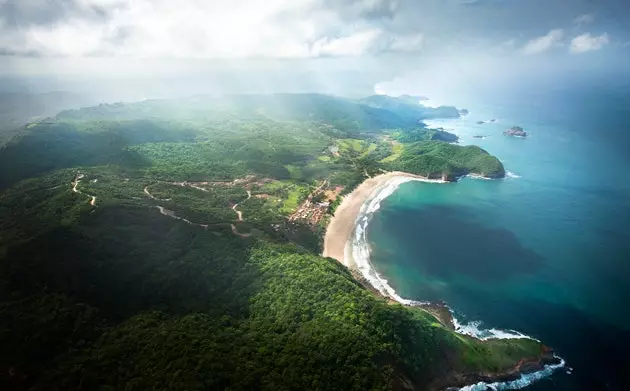
Nicaragua: cool epicenter
Ivan Cussigh came to Nicaragua in the most convoluted way possible: after fantasizing about Costa Rica for 25 years. When he was young, a friend had given him a five colones bill (the Costa Rican currency) and he had been captivated by the bucolic scene of farmers and fishermen depicted on it. It was as if Brueghel had painted in the tropics.
“I found it so beautiful that I thought one day I would have to travel there,” Cussigh (born in Italy and raised in Switzerland) explains to me, as he reaches for that talisman he still keeps in his bag to show me. Following this, Cussigh, who ran such New York nightspots as the Bar d'O and 60 Thompson's rooftop bar, summered for many years in Costa Rica. Until in 2008, during one of these trips to Central America, he ran into torrential rains and asked his travel agent to get him cheap tickets somewhere. 'dry 'And, suddenly, he found himself in Nicaragua, in the quaint and slightly faded town grenada colonial.
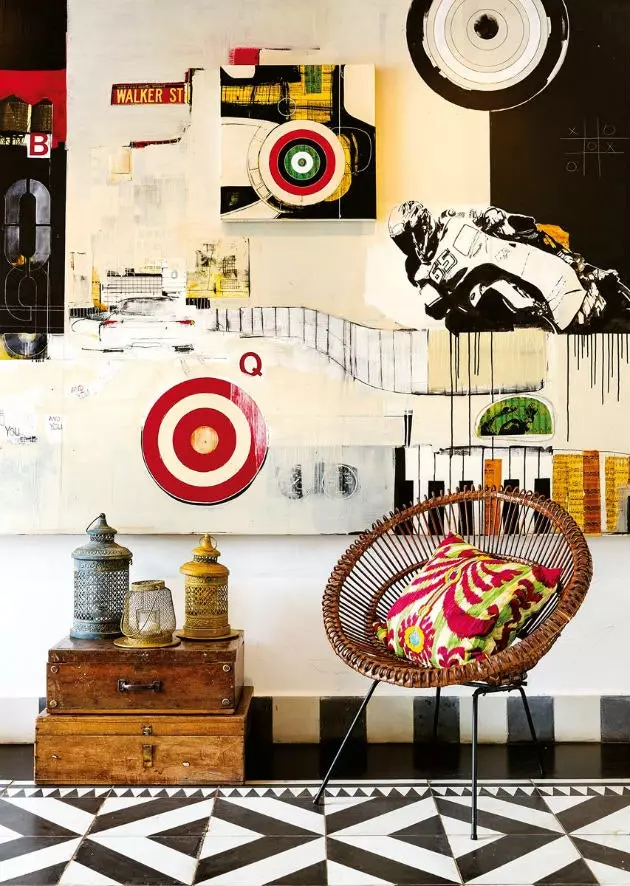
Nicaragua, the cool epicenter
The charms of its past – squares full of trees, cobblestone streets and prominent churches - and a Boardwalk overlooking Lake Nicaragua (the largest in the country) left him immediately shocked. "It wasn't just the perfection of pastel-painted houses," he assures me. It was the ladies who took the chairs to the sidewalk to see life on the street . They reminded me a bit of my own grandmother in Italy.”
This not only inspired him to put down roots, but he realized that he wanted to build something. So he called his childhood friend Jean-Marc Houmard, owner of Manhattan's trendiest venues, including Acme, Bond Street and Indochine, the fashion world's darling. “ Having a small hotel in an exotic place has always been my dream. Houmard confesses. Part of Nicaragua's appeal is that it still has to be done. There is a discovery point in the country ”.
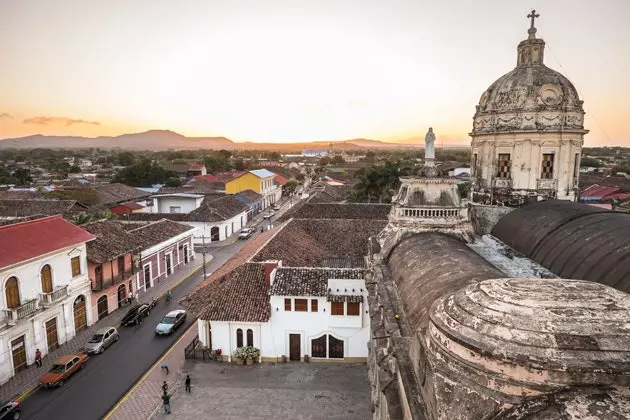
Granada, a city to admire
Last winter, Cussigh and Houmard found the ideal location for their new hotel, the Tribal, in a building on the center of grenada It used to be an artisan cooperative. At first, they tried to rehabilitate the structure, but "nothing was salvageable," according to Houmard. They had to start from scratch, which was not an easy task. "I thought my Spanish was decent," Cussigh jokes, "but then I realized I didn't know how to say septic tank." However, doing so allowed them to be more creative: instead of having a traditional colonial look – which in Houmard's opinion can be “ a bit austere ”– created a hybrid between a colonial house, a farm and a mini urban resort.
The resulting hotel is a elegant pastiche of influences : the whitewashed walls are inspired by the oldest houses in Granada and the black and white stair cloths were brought from Kenya . The pool floor is reminiscent of the mosaics by Roberto Burle Marx of the walk of Copacabana , while the terraces are decorated with kilim from Turkey . There are also New York touches: the huge painting in the lobby, for example, is a collage similar to the Basquiat that once hung at 60 Thompson. “Jean-Marc took it off the frame, rolled it up, put it in his surfboard bag and brought it over here,” jokes Cussigh.
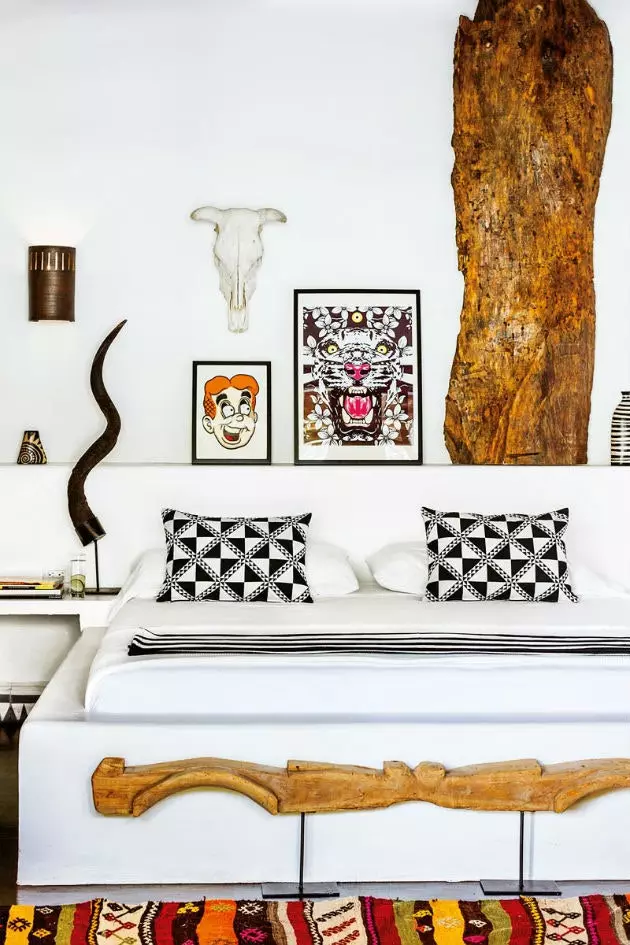
The seven rooms of the Tribal Hotel coexist aesthetic influences from all over the world
But Cussigh and Houmard are not the only ones who have seen Nicaragua's possibilities. Every time there are more entrepreneurs , natives and foreigners (smart businessmen and small-scale dreamers), who have begun to invest throughout the country , particularly in Grenade and at points in the south, around the Lake Nicaragua and along the coast until reaching the fishing villages of San Juan del Sur . They are restoring crumbling haciendas, opening luxury eco lodges , creating style surf shacks boho chic and, in the process, paving the way for the arrival of a new type of traveler in Nicaragua.
Behind the Sandinista Revolution and the civil war which lasted ten years and ended in 1990, most of the foreign tourists were adventurous surfers and European backpackers who didn't mind a bit of danger and a lack of modern facilities. Now, visitors are encountering a country in process of change , with a magical place where development is not widespread, but which has a very high level of style and comfort, not to mention stability (Nicaragua is currently one of the safest countries in the area) . The kind of perfect mix that has led Carlos Pellas, one of the country's richest industrialists, to open the luxury resort Mukul in 2013, on the Pacific coast just north of San Juan del Sur. The €200 million project includes luxury villas ( each with pool ), six spas, a golf course and, soon, a Landing track.
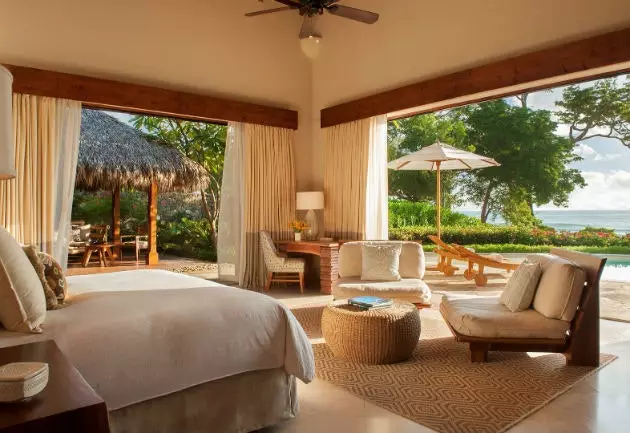
One of the villas at the Mukul luxury resort
Leaving Granada I head 100 kilometers south towards Maderas Village, a lodge surfing on the beach near San Juan del Sur . there I meet Dave Grossman , a 31-year-old former Manhattan lawyer, and Toronto's Matt 'Dickie' Dickinson, also 31. Together they opened this 20 rooms in 2011 . "Three bottles of rum later and more than a hundred hours of conversation helped us understand that we were pursuing the same idea," recalls Grossman. They managed to raise the initial capital, found a third partner with construction experience, and erected their first palapa. Dickinson shows me the yoga pavilion, which has a rather modern look, as he lists the indigenous woods that have been used on the property: tabebuia, eucalyptus, jatoba, pachote (Nicaragua hoteliers speak of wood in the same tone in which French viticulturists discuss terroir).
The community zone , which functions as a dining room, is full of hammocks and sofas where some tanned surfers rest after having conquered the best waves . On the tables are laptops and an acoustic guitar, the owners have just started building a recording studio . A couple of young men drag their surfboards from the beach, while another rests on a bicycle nearby. I feel like I'm in Topanga, California . Instead, Grossman and Dickinson see their property more as an incubator for ideas, as a kind of hipster study center . “A lot of people come here and their life trajectory changes. In the communal dinners always debate and new ideas come up ”, comments Grossman.
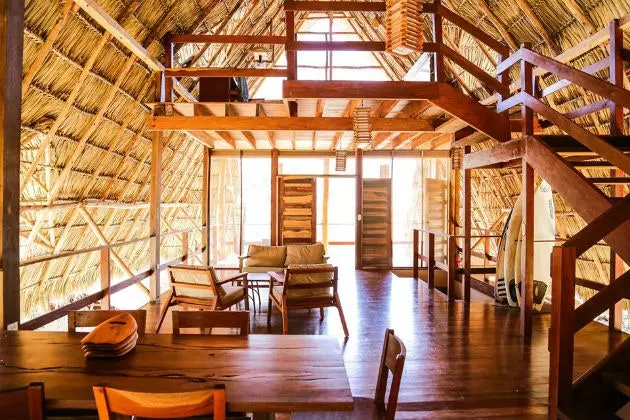
Maderas Villas, a surf lodge on the beach
So much so that the visit of designers Evan and Oliver Haslegrave resulted in Grossman and Dickinson making furniture for home , the New York-based company of the brothers Haslegrave . In 2011, Grossman and Dickinson established the Maderas Collective, a 1,000-square-meter design studio in Managua , where they employ 20 local carpenters.
During my visit to Grenade I find a city gleaming, not only because of the stifling summer heat, but also because of its freshly painted facades in pastel colors . “People don't really have a lot of money, but they take pride in their homes,” says Cussigh as we walk down one of its cobblestone streets, vying for space with horse and ox carts. We head to the beautiful and well-kept main square, where straw hats and sliced mangoes are sold.
Just opposite is the Granada Cathedral. Now I understand why everyone from 'Nica' (as expats call her) says that Granada is the most beautiful city , as well as the richest culturally : Known as the colonial jewel of Nicaragua , with its almost 500 years old , is a maze of narrow streets lined with mango trees and red-roofed Spanish mansions that were built in the centuries XVIII and XIX . If you walk any Sunday through the old town , it is very likely that you will come across a traditional festival: a horse parade, a bullfight, a poetry reading or even an opera.
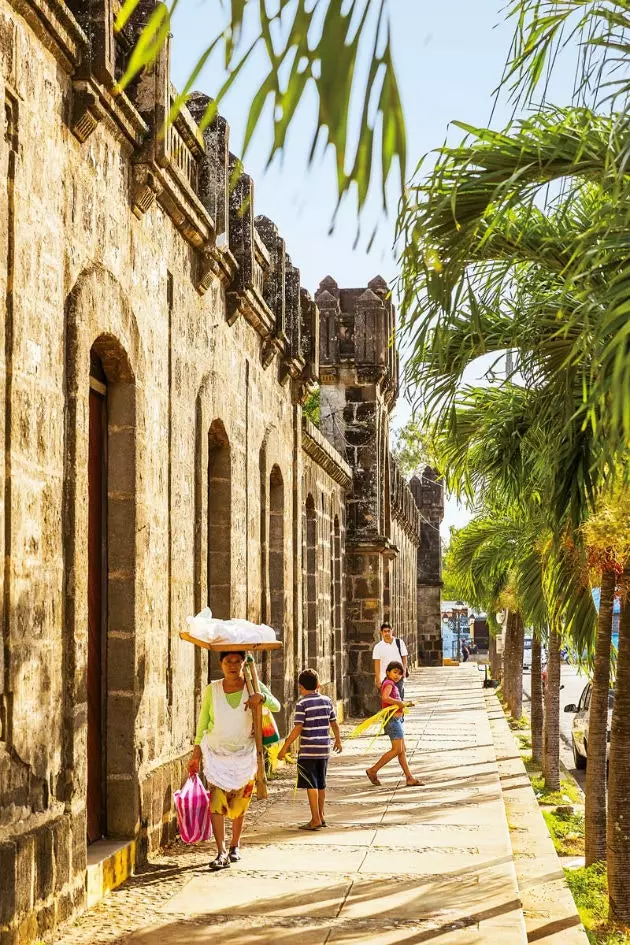
Colonial city of Granada
I see at a glance the ocher color from the interior patio of a house full of giant ferns, fruit trees and rocking chairs made of wood and cane . I have been told that buying a property to rehabilitate it costs very little , and for a moment I think about taking out all my capital and spending it on remodeling an entire block of these gems. That the properties are so cheap is what has made this place so attractive to foreigners (Nicaragua remains the second poorest country in the Americas, after Haiti; the median annual income is just over 700!). But starting a business here requires more optimism than hard cash. Take, for example, the culinary boom in Granada.
The Third Eye restaurant, from asian style , was a pioneer when it opened in 2001 and was such a success that it now has a sister restaurant in Managua . “When I arrived, there were few options in La Calzada,” its owner, Glem Castro, tells me, referring to the city's pedestrian boulevard, which is now lined with restaurants, cafes, and bars. Among these places we have the artisan bakery Bread of Life , opened by a Canadian-Venezuelan couple after the success of their first location in San Juan del Sur, as well as the wonderful seafood joint the southern hills.
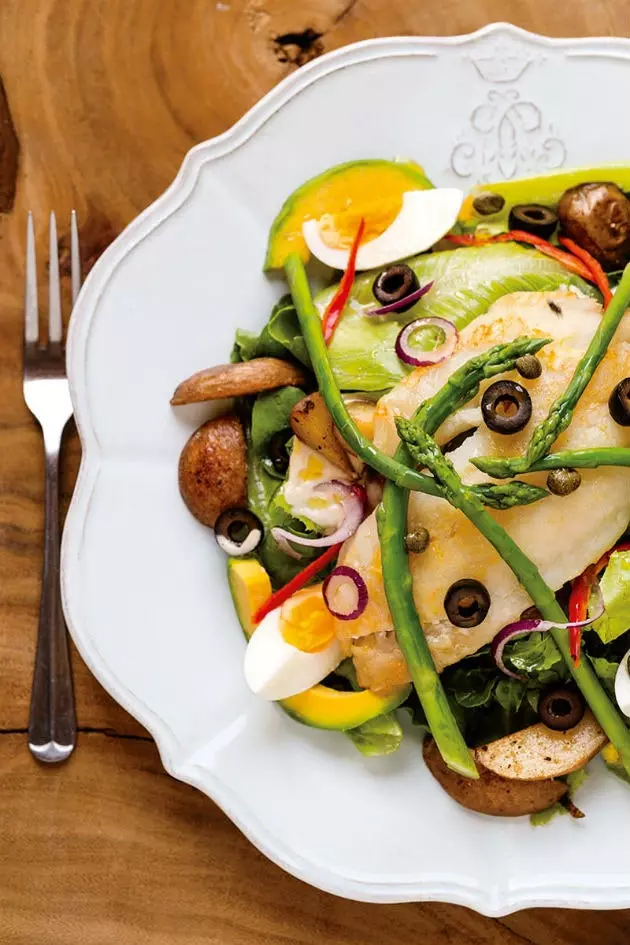
Color even on the table
One of the new highlights is espressonist , a place opened last year by Andrew Lazar , who was born in nearby Rivas, and his Hungarian partner, Zoltán Puzsár. The bright restaurant has a casual vibe , but the menu is ambitious: cheeses, tender ossobuco on homemade tagliatelle, and ice cream made with fresh basil, orange peel, and Nicaraguan dark chocolate.
Lazar explains to me that the abundance of fertile farmland makes it easy to source quality fresh ingredients . He also helps me understand how far change has come in his country: "The night we opened there was a blackout," he tells me. And the memory of the dark days of the civil war came to his mind. "But then I saw all our neighbors on the street and I thought: 'for many years all the wealth was in the hands of a few, but now we are the ones who are on the wave, even if it is waiting for the crest to arrive,'" ironizes. They may not have to wait too long.
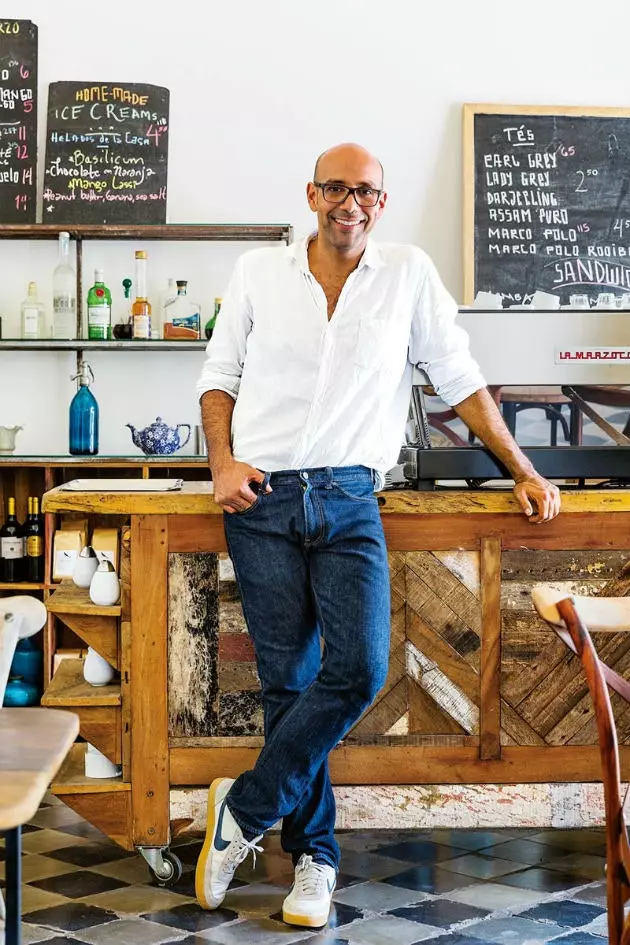
Expressionist, one of the most remarkable places of Andrés lazar
On my last night in Nicaragua, a group of American ladies show up at the gates of the Tribal Hotel. They've heard about the site and want to take a look. As the resounding “oh!” and “oh!” coming out of their mouths mingle with the tropical environment –and the tinkle of Moroccan lanterns and swaying ferns–, I intrude and ask about their lives. They've all moved here over the last decade. One of them runs a small hotel and another is a real estate agent (note to self: she gets the card from her). This fifty-year-old from Martha’s Vineyard tells me that until not too long ago Granada had a very low profile, mostly foreigners trying to find a cheap retirement. “I was ready to move to Panama City, but then I saw how this young people began to settle to do interesting things she says, sipping a mojito. So I think it's best if I stay close by ”.
* This article is published in the December 79th issue of Condé Nast Traveler magazine. This issue is available digitally for iPad on the iTunes AppStore, and digitally for PC, Mac, Smartphone and iPad at Zinio's virtual kiosk (on Smartphone devices: Android, PC/Mac, Win8, WebOS, Rim, iPad) . Also, you can find us on Google Play Newsstand.
*** You may also be interested in...**
- Nicaragua wakes up
- The Caribbean in 50 islands - Nicaragua for beginners
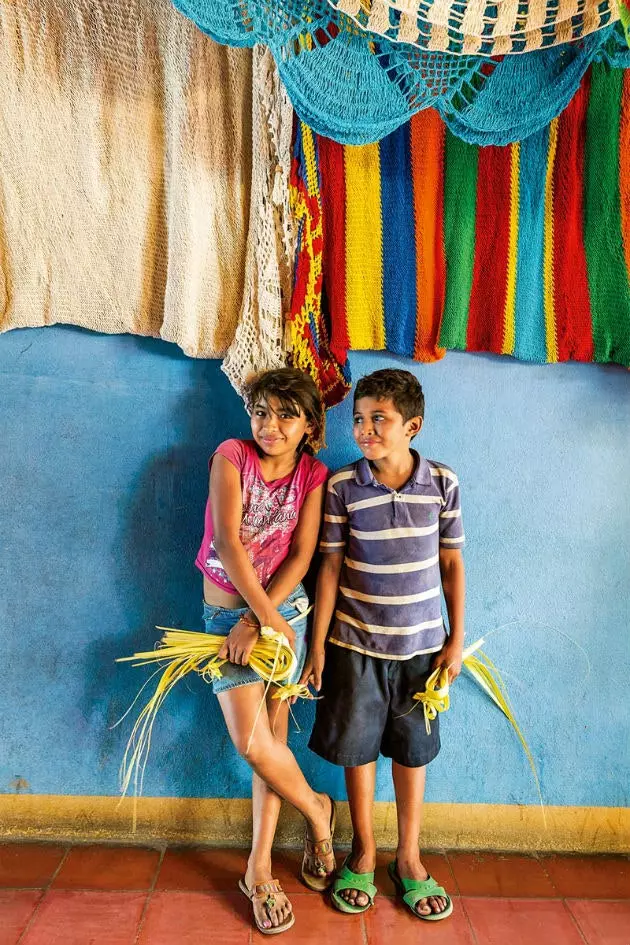
Children in the Masaya Market
